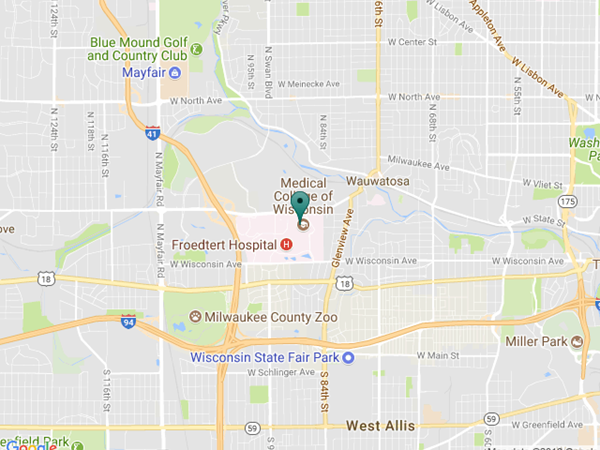����ӰԺ Mouradian Laboratory
The Mouradian Lab investigates the role of distinct populations of pulmonary vagal sensory neurons in the neural control of breathing in health and chronic lung diseases, including bronchopulmonary dysplasia (BPD; chronic lung disease of preterm infants) and COPD.

Current Projects
We model BPD and COPD in wild-type and transgenic mouse lines and use whole-body plethysmography and respirometry to measure breathing. We use optogenetics and chemogenetics to turn on/off specific cell types in vivo (DREADDs and DTR), various viral vectors for cell-specific labeling or lesioning, RNA Scope and immunofluorescence for tissue and cellular visualization, and patch-clamp with or without single-cell RNA Sequencing for cellular phenotyping, molecular fingerprinting, and mechanism testing.

Pulmonary vagal sensory neurons' role in pathological nCOB
Infants born extremely preterm (<28 weeks gestation) have immature neural control of breathing and immature lungs, and thus immature lung-brain sensory axes. These sensory axes comprise molecularly distinct pulmonary vagal sensory neurons (PSNs). PSNs innervate distinct lung and brain regions, reflecting their unique roles in respiratory control. Moreover, single-cell RNA Sequencing indicates that PSNs are sensitive to common respiratory stimuli. Because of various pathological features in BPD and other common lung diseases, we are interested in understanding PSNs’ role in pathological nCOB, which often complicates BPD, COPD, and other lung diseases.

Pulmonary neuroendocrine cells
Pulmonary neuroendocrine cells cluster at branch points along the conducting airways as neuroepithelial bodies (NEBs). NEBs have endocrine and neuronal functions. They secrete neuropeptides that modulate airway inflammation, are responsive to hypoxia (low O2) and hypercapnia (high CO2) and are innervated by various efferent and afferent (sensory) fibers. However, the functional role of NEBs in breathing remains unknown. We hypothesize these unique airway sensors play a critical role in breathing control abnormalities in BPD and COPD given that they are hyperplastic and hypertrophied.

Vagal sensory neurons in chronic lung disease
BPD is a consequence of exposure to mechanical ventilation and/or high oxygen therapy provided to infants born very premature (<28 weeks gestation). Contributing to the need for these therapies is an inability to properly control breathing. Similarly, breathing control is impaired in COPD contributing to COPD exacerbations. While this is known, there exist no therapies to modulate - in a targeted manner - breathing control. Unique subpopulations of vagal sensory neurons have been shown to have distinct effects on breathing. For example, Npy2r+ vagal neurons supposedly innervate alveoli and increase breathing in anesthetized mice. Given that alveoli are reduced in BPD, is this excitatory input also reduced? We seek to define the functional role of the various vagal afferent neuronal subtypes that innervate different lung regions in the context of BPD and COPD.
Laboratory Photos




Meet Our Team
Highly collaborative and dedicated to improving breathing in infants and adults.

Gary Mouradian, PhD
Assistant Professor

Denise Cook-Snyder, PhD
Associate Professor

Nicole Buiter
Graduate Student
Contact the Mouradian Lab
We're looking for more team members. Contact us to learn more!
Mouradian Laboratory
����ӰԺ Department of Physiology
8701 Watertown Plank Rd.
Milwaukee, WI 53226
����ӰԺ Department of Physiology
8701 Watertown Plank Rd.
Milwaukee, WI 53226
(414) 955-7479
gmouradian@mcw.edu
gmouradian@mcw.edu




